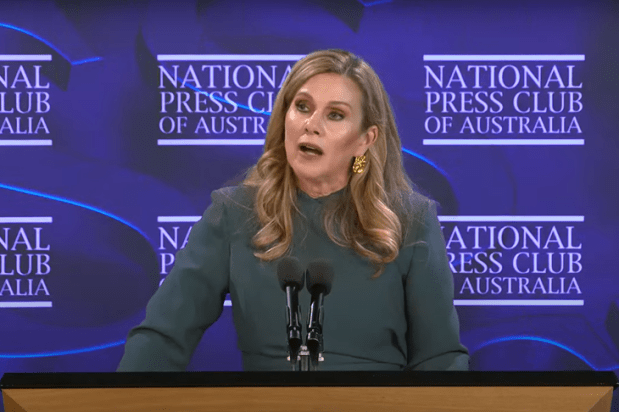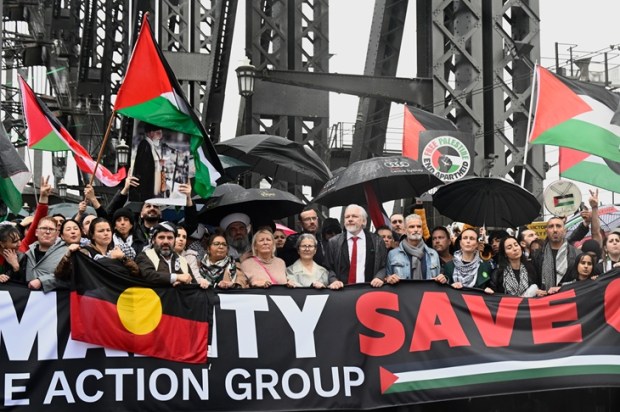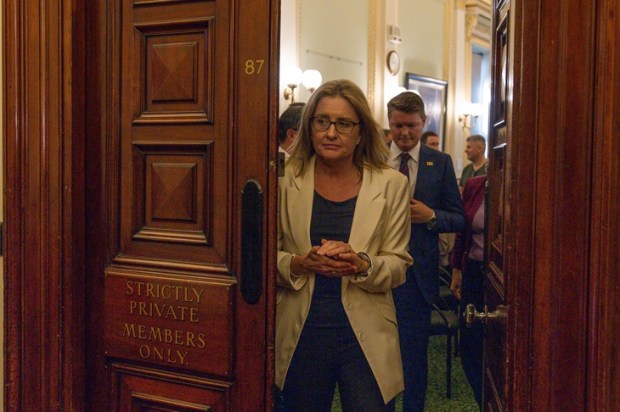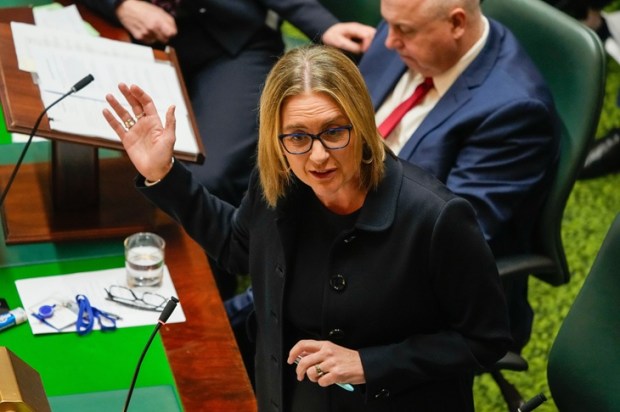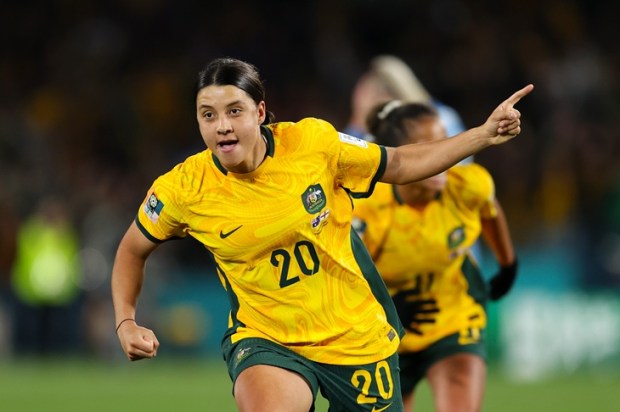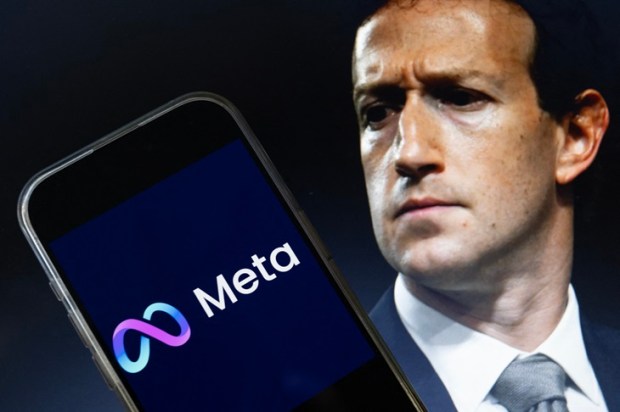Much remains unclear following the rushed passage of the legislation banning under 16s from social media. Yet one thing is certain, and that is the centralisation of information in the hands of those keen to control it.
In claiming victory, Federal Communications Minister Michelle Rowland declared, ‘We’ve listened to young people, parents and carers, experts and industry in developing these landmark laws to ensure they are centred on protecting young people – not isolating them.’
If this was intended as a joke, it would have been a good one.
In reality, the Online Safety Amendment (Social Media Minimum Age) Bill 2024 was rushed through both houses of Federal Parliament after an unacceptable one-day consultation period, which served only to rubber stamp this law on the eve of an election.
Prime Minister Anthony Albanese has repeatedly claimed, ‘social media is doing social harm to our kids’. And while there is some merit to his statement, a fair-minded Australian would be right to question the rushed legislative process just days after the Canberra elite abandoned a proposed Misinformation and Disinformation bill because of sustained opposition from the community.
There are numerous concerns with the legislation Parliament waved through. Not least, the absence of a pathway to implementation (outside facial recognition technology), and questions about the role and responsibilities of parents.
In addition, a concern that has been studiously ignored by our leaders in Canberra is the part this law will play in the inevitable consolidation of information and opinions in the hands of the state and traditional media.
Since its inception, the internet has proven to be truly democratic in its decentralisation of information. Tim Berners-Lee, the creator of the World Wide Web, wrote of his revolutionary vision for the ‘decentralised, organic growth of ideas, technology, and society’ where ‘anything [could] potentially [be] connected with anything’.
The explosion of blogs in the 1990s further democratised the information sphere by providing users with a platform of expression. John Perry Barlow’s 1996 A Declaration of the Independence of Cyberspace epitomised the excitement of this new era, ‘We are creating a world where anyone, anywhere may express his or her beliefs, no matter how singular, without fear of being coerced into silence or conformity.’ Today, 93 per cent of Australian adolescents use social media on a daily basis. They spend an average of two to three hours on platforms such as TikTok, Snapchat, and Instagram, as noted by the Parliamentary Joint Select Committee on Social Media and Australian Society.
At its best, social media has facilitated access to otherwise marginalised opinions. It has allowed users, including young people, to engage with influencers from all walks of life. Where opinions were previously curated by the traditional media, social media has broken this hold.
This has proven deeply problematic for those hungry to control information.
Marginalised and anti-establishment voices have grown in popularity online. This was evident with the recent re-election of Donald Trump. It was a victory accomplished in no small part by his engagement with social media and podcast influencers, including Joe Rogan and Theo Von. The result was that 49 per cent of young men aged 18-29 turned out to vote for him at the polls, according to the American broadcaster ABC News.
The trend of social media spotlighting marginalised opinions has been mirrored on our shores too. While a cabal of governments, big tech, and corporations conspired across Australia to promote the divisive Voice to Parliament in 2023, it was social media where Australians voiced their opposition to the federal government’s proposal. The ‘No’ campaign also deftly used social media to promote its messaging, including through memes and TikTok videos. As the result showed, 60 per cent of Australians rejected the Voice. Significantly, the defeat of the Voice was not a left/right political issue. Australians of different backgrounds, religious views, and political affiliation voted ‘No’. Close to 40 per cent of those who voted for Labor at the 2022 federal election voted ‘No’ to the Voice, as did 55 per cent of men aged 18-24, and 70 per cent of those whose highest level of education was non-university tertiary education such as TAFE.
Social media is the new news. The Australian Communications and Media Authority noted in 2023, 46 per cent of 18–24-year-olds nominated social media as their main source of news, doubling the Australian average of 20 per cent. Gen Alpha, the generation subject to the recent ban, will undoubtedly follow in their stead. These young Australians, who are the voters of the very near future, have a unique role in rendering traditional news media increasingly irrelevant. A cynic might wonder if this is an impetus for the ban.
What is clear is that the old political class is determined to regain control of information and will use any mechanism possible, including through misinformation laws, vague attacks on ‘algorithms’, beefed up fact checking organisations, and truth in political advertising laws to control the ‘truth’. As the Institute of Public Affairs said in its submission to the inquiry, ‘It is possible that some could form the view that banning social media is partly motivated by concern among some in the political class that they are losing control over the information flows throughout our society.’
Going into a federal election year, Australians are right to feel uncomfortable with ever-increasing state control of social media. The enduring message of 2024 is that hope for Australia lies not with old politicians nervous about change they can’t control, but with a generation of young Australians who value their liberty.
Margaret Chambers is a Research Fellow at the Institute of Public Affairs.


